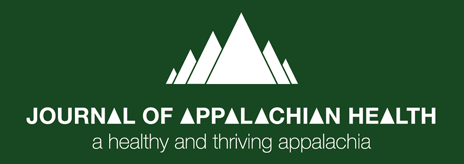As health care costs balloon in the U.S., experts say it may be important to analyze whether those costs translate into better population health. A new study led by a Penn State researcher analyzed existing data to find a dividing line — or “threshold — for what makes a treatment cost-effective or not.
David Vanness, professor of health policy and administration, led a team of researchers that created a simulation to consider health care treatment costs, insurance premiums, quality of life, and life expectancy to explore whether a treatment delivers enough value for its costs to be considered beneficial for population health.
According to Vanness, the term “treatment cost” in this research incorporates all the costs and savings related to a treatment. For example, the cost of a treatment to lower blood cholesterol would include how much it costs but also take into account potential savings for preventing a heart attack and its subsequent treatment.
“We know that we are spending more and more on health care in the U.S. and that we’re getting less and less for it,” Vanness said. “We do a good job of developing new treatments in this country, but we don’t do a good job of covering everybody or making sure that people have access to basic health care. We’re spending a lot on our medical treatments, but many of those treatments just don’t have a lot of value.”
Vanness added that in order to improve a population’s health without spending too much, it’s important to be able to tell whether the prices drug and device manufacturers are charging are justified by what they deliver in health improvements.
The researchers found that in their simulation, for every $10 million increase in health care expenditures, 1860 people became uninsured. This led to five deaths, 81 quality-adjusted life-years lost due to death, and 15 quality-adjusted life-years lost due to illness. In health care economics, one quality-adjusted life-year (QALY) is equal to one year of perfect health.
Vanness said these results — recently published in the Annals of Internal Medicine — suggests a cost effectiveness threshold of $104,000 per QALY.
“If a treatment is beneficial but it costs more than about $100,000 to gain one quality-adjusted life-year using that treatment, then it may not be a good deal,” Vanness said. “Because our simulation was using data estimates, we wanted to come up with a range of plausible values. So anything over a range of $100,000 to $150,000 per QALY gained is likely to actually make our population’s health fall.”
To create the simulation, Vanness said he and the other researchers used a variety of data, starting with estimates about how likely people are to drop their insurance when their premiums go up.
“We also used evidence from the public health literature on what happens to people’s health and mortality when they gain or lose health insurance,” Vanness said.
The simulation then compiled that data and estimated how much the health of a population goes down when costs increase. According to Vanness, that relationship determines the cost-effectiveness threshold — how much a treatment can cost relative to the health benefits it gives before it causes more harm than good.
The researchers said the findings could be especially important to organizations like the Institute for Clinical and Economic Review, which provides analysis to several private and public insurers to help negotiate prices with manufacturers. These organizations could use the findings as empirical evidence for what makes a treatment a good value in the United States.
“Moving forward, I think some changes could be made to national policy to make cost effectiveness analysis more commonly used,” Vanness said. “Our goal is to get that information out there with the hope that somebody is going to use it to help guide coverage or maybe get manufacturers to reduce their prices on some of these drugs.”
James Lomas at the University of York, and Hannah Ahn, a Penn State graduate student, also participated in this work.





